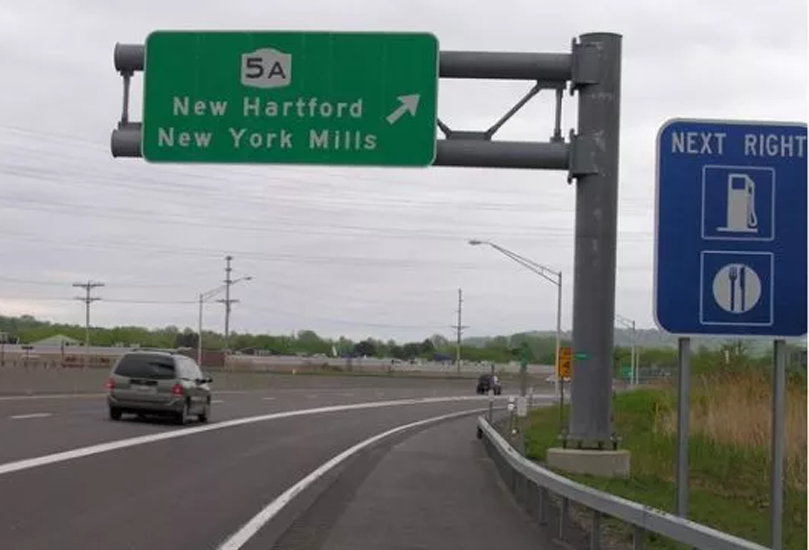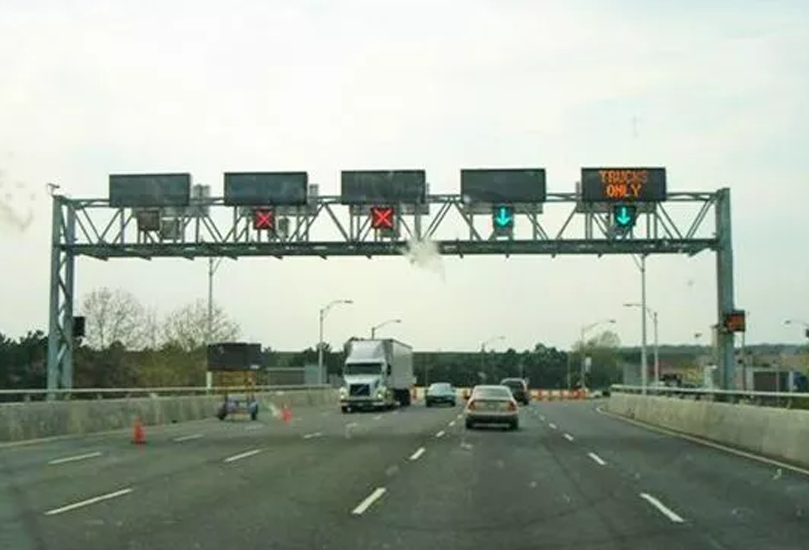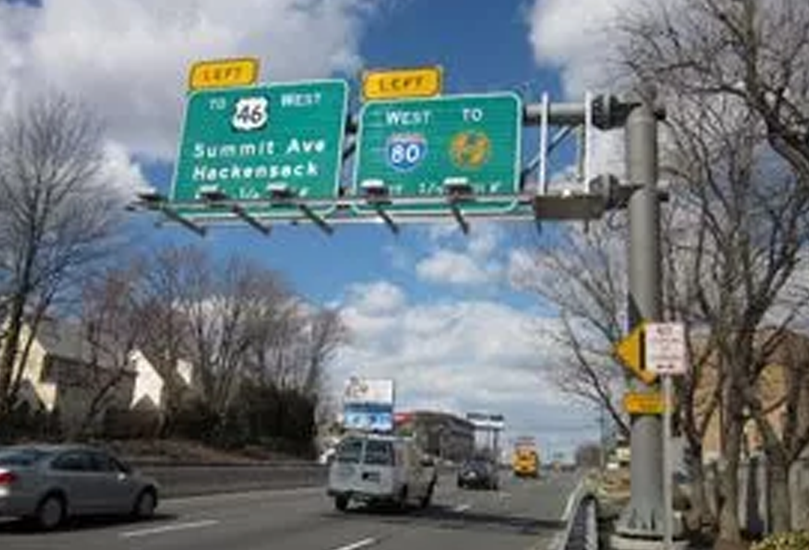Highway sign systems are a vital part of modern infrastructure, guiding drivers through intricate road networks with clarity and precision. As cities grow and traffic increases, the need for effective and clear signage becomes more apparent. These systems ensure that drivers can navigate safely, avoid accidents, and find their way to destinations without confusion. Highway signs serve as both informational and regulatory tools, indicating speed limits, warning about road conditions, and providing directions to key areas. They are designed to be highly visible, durable, and capable of withstanding harsh environmental conditions, ensuring that they remain functional for long periods.
The design of highway sign systems is a complex process that involves a deep understanding of traffic patterns, human behavior, and engineering. In order to effectively guide drivers, signs must be strategically placed at the right locations, taking into account visibility, distance, and the nature of the road ahead. Clear and concise messaging is essential, as drivers typically have limited time to process the information presented on the signs. To achieve this, the use of bold fonts, standardized symbols, and reflective materials is common, ensuring that signs are legible day and night.
Durability is also a key factor in the design and maintenance of highway sign systems. Since these signs are exposed to constant weather conditions, including rain, snow, wind, and sun, they must be made from materials that can resist wear and tear. This is why many highway signs are made from aluminum, a lightweight yet strong metal, and are coated with reflective sheeting to improve visibility. The structural integrity of the signposts is equally important, as they must be able to withstand impacts from vehicles and other potential hazards.
In addition to physical durability, the advancement of technology has enhanced the functionality of highway sign systems. Digital signs, for example, are becoming more common, allowing for real-time updates on traffic conditions, accidents, or construction zones. These dynamic signs can be adjusted remotely, providing up-to-the-minute information to drivers and helping to alleviate congestion and improve safety on the roads.




